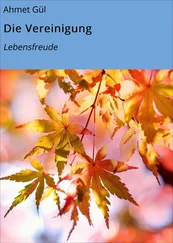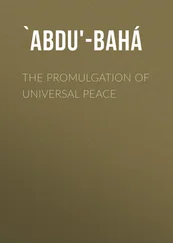Emin went on to describe his avid interest in gastronomic delights and the sumptuous feasts he’d once hosted. With the same distinguished and essential human joviality, he recounted, mirabile dictu, the characters of old Mevlevî lodges, the chef-cum-dervishes that he’d personally known, and the lamb pilaf banquets they’d held. As Mümtaz listened to him he thought, So the a la turca style that so repulses us is really something else altogether. . Then the topic passed to Nuran’s father. Emin knew full well about the ornamental plate designs and calligraphy that he’d made for the Yildiz ceramics factory. He himself was a calligrapher besides. Some claimed that if not for the iron rule of his older brother, he would have honed this talent. Mümtaz, listening to Emin’s discussion of arts and music, noticed that he always maintained an earnestness close to folk sensibilities without any notable aesthetic discernment. His tolerance toward styles late to enter Turkish tastes and traditions, rather degenerating them, also arose from this humility. This Mevlevî possessed of politesse had come of age amid changing sensibilities, feeling in his being the reverberation of every new stirring. Thereby he had no desire to seek out and feel pure forms of the past, which had entered our tastes through the poet Yahya Kemal. Just as the previous generation displayed a regard, which approached the esteem of proponents of classical verse, for a gazel written in the ornate language of the fin de siècle Servet-i Fünun school, Emin simply resigned himself to various transformations in writing, painting, and music. He wasn’t one to make comments by interpreting particular themes on the subjects he broached. He rarely indulged in such rhetoric. Despite this, he instinctively knew how to be discerning. However he’d managed to protect himself from the transformations in tradition with respect to calligraphy or music, he similarly guarded himself in his oratory. He spoke of his art with the care of a meticulous artisan, without any jargon, and, though unwittingly, he became the center of gravity of the table and the gathering. For his sake, Macide had forgone the visit to her lamented daughter beneath a canopy of white clouds and had been liberated from her anxieties regarding Mümtaz’s final fate; meanwhile, Nuran had surrendered herself to this experienced master, to an affection for patriarchs and elderly men that dominated her life, and to an accompanying sense of deference. By admiring and listening to Emin Dede, she felt the absolution of countless sins and transgressions.
Claiming it would upset his stomach, Emin Dede declined the offer of ice cream. He concluded his meal with nothing but a demitasse of traditional coffee without sugar, as dictated by custom.
The houseguests truly came to savor Emin Dede’s exception when he began his ney performance in the second-floor hall, where they’d retired after the meal. Few musicians could thus transform to assume postures dictated by virtuosity.
First he inquired of Tevfik, “My lordship, are you up for performing the Ferahfezâ?” Tevfik hadn’t recited this piece in years. But he was up to the challenge; this amounted to revisiting his youth in a completely unexpected season. During Emin Dede’s introductory taksim improvisation, Tevfik rummaged through his memory for the ceremonial piece that he’d added to his repertoire while yet in the civil service. Thereafter, kudüm drums in hand, he waited half recumbent on the sofa, in that peculiar position necessitated by a la turca instruments when seated cross-legged, one foot adangle.
Emin Dede briefly made the rounds of the various melodic progressions and then embarked upon Dede Efendi’s peşrev instrumental prelude in the rhythmic cadence of devr-i kebir . Mümtaz had heard this piece played a few times by Cemil. But now it issued before him as a completely different fugue. Beginning with the first notes, a strange yearning, nay, pining overwhelmed them in its resemblance to lust for the sun amid thousands of deaths; then, without any dissipation of the effect — Mümtaz regarded the particular substantiation of Nuran before him through this sensation — they were scattered about leaf by leaf in an autumn eerie and eternal.
A serene pool in whose waters floated reflections of gilded firmaments, large bronzed leaves, and extraordinary water lilies, expanded in an unknown dimension, perhaps — yes, without a doubt — in a dimension of their own selves.
Emin Dede’s ney , with no wane in timbre of breath or wind, in a metallic or, more precisely, idiosyncratic and variegated crescendo, emitted a tone in which cohered the sparkle of gemstones and the pliancy of foliage. Yet how resonant, voluminous, and broad. The music filled the large hall, gushed out windows, and through its effect the garden, overcome by the remorse of final flowers and yellowed leaves, was effectively transfigured. At times everything melted as if reverting to its own essence and from there to a more profound quintessence; beneath the cascade of sound resembling a deluge of roses, the small chandelier hanging from the ceiling blazed in stunning rainbow spectra, and then, with a brazen hairpin bend — or, with that implausible and entwined climb seen only in ivies, wisteria, and fine fibrous plants that conformed to shape without relinquishing any color — it was born of its very self as the ostinato of a short while before. As Mümtaz sought out Cemil’s ney amid his master’s voice, the first section, or hane , came to an end. The second hane pranced out of the melancholic nostalgia conjured by this denouement in a more solemn tone. Yet again they were spirited away by repeated gusts, passed through squalls of the soul, and regarded their solitude in the mirror of drastic yearning — lo, the anxiety that all was lost in perpetuity. And the Ferahfezâ peşrev , or the soul attempting to forge impassable deserts of seclusion, plunged for a fourth time into nostalgic hüzün , that crepuscular realm that blazed beneath water.
Each listener was seemingly scattered by the gale of a life span. Only Emin Dede remained standing in his meticulous and straightforward outfit, his expression hardened, like a symbol, a personification of the sentinel of mystery and melody. The entire secret of being that was centered in himself rested in the physical firmness of his inner countenance; beside him a bit to the rear, Artist Cemil, with his fair Saxony bone-china countenance and its sweet smile, though slightly narrower than before, seemed to gaze over the terrain they’d just now passed. Opposite them, Tevfik waited, kudüm on lap, in that disconcerting discomfort that a la turca instruments added to his reclining form.
Unable to restrain himself, İhsan said in a very soft voice, “My dervish, you possess an exquisite palette of colors. .”
Emin Dede, with an eye on Tevfik, who was prepared to play his kudüm drums, answered with the glance of a true neyzen and in the same soft voice: “My Holiness, forget not the succor of the master. . furthermore, what you refer to as ‘color’ in our lamented Dede Efendi, I’d actually call ‘love.’” Emin didn’t just refer to old virtuosi and patrons as if they were still in our midst, he erased both the remoteness of their deaths and his self through deferential terms like “our master,” “our elder,” or “our lord,” thereby unifying himself, his life, the master to whom he alluded, and the abstract time of death.
But the true marvel began with the Mevlevî musical rite itself.
Dede Efendi’s Ferahfezâ ceremonial was not simply devotion or the striving of a faithful soul seeking Allah. It was arguably one of the most rambunctious pieces of music that never abandoned the secret, the élan vital, the very traits of mystical inspiration, and the express, compelling impetus of immense and unyielding desire. Emin Dede had so managed its progression, which consisted of roaming the makam s of a la turca music with small flourishes, transformations, and resolutions, that the ceremonial inherently transformed into a symbol all its own.
Читать дальше
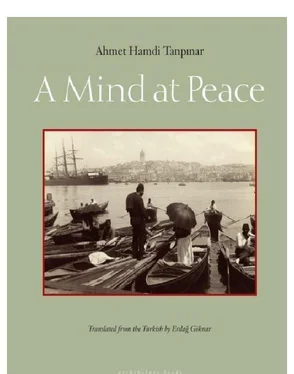
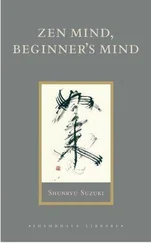
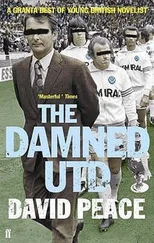
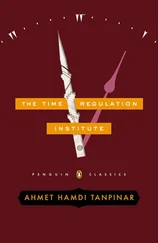

![Джон Харгрейв - Mind Hacking [How to Change Your Mind for Good in 21 Days]](/books/404192/dzhon-hargrejv-mind-hacking-how-to-change-your-min-thumb.webp)

